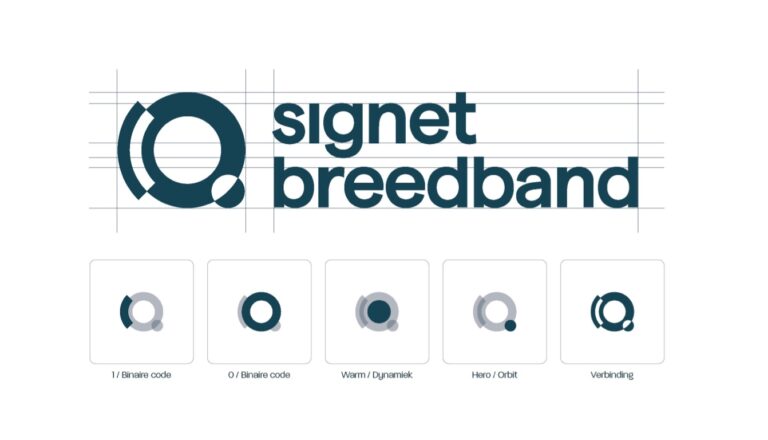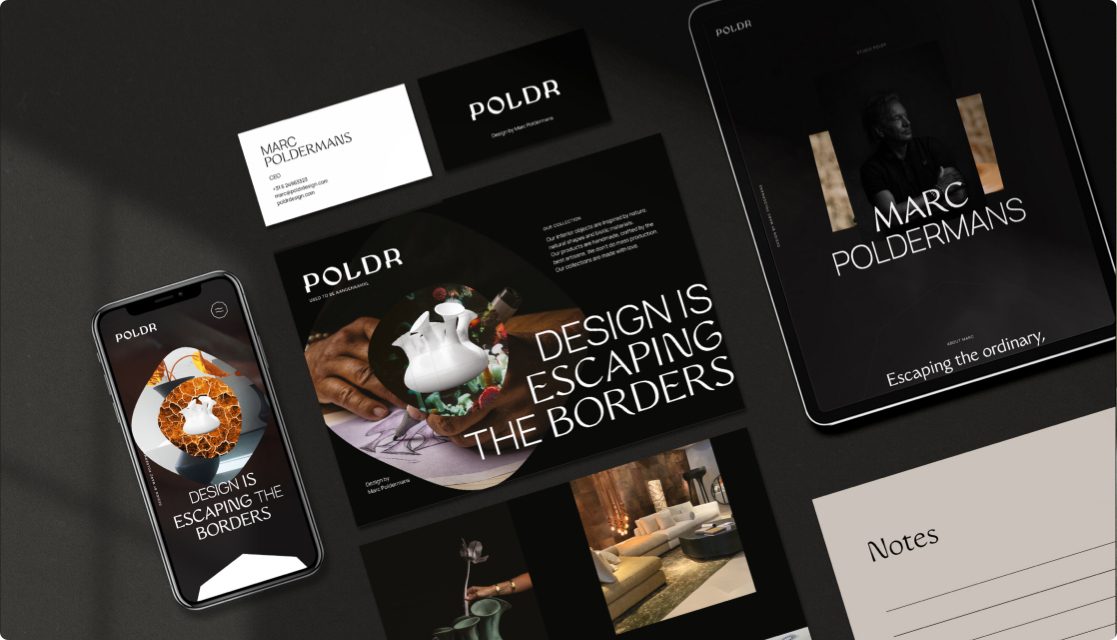Brand communication is an important part of a company’s branding strategy. It is the way a company presents its brand to the world and an opportunity to influence customers’ perception of the brand. Brand communication is vital for building brand loyalty and increasing brand awareness. At Sumedia, we believe that successful brand communication always begins with creating a strong brand story. This story should reflect the brand’s core values and appeal to the target audience. It is important to tell the story in a consistent way across all channels and touchpoints of the brand.
In brief
- See Think Do Care model. This model stands for Attention, Interest, Desire, Action. See, Think, Do, Care is a marketing model that describes the different steps of the customer journey.
- Brand Identity Prism. This model consists of six dimensions: physical, personality, culture, relationship, reflection and self-image. It helps us identify a brand’s unique characteristics and communicate them to the target audience in a consistent way.
- Customer journey. By mapping and understanding the customer’s journey, we can communicate the right message at the right time.
- Taking a holistic approach, we align brand communications with the company’s overarching digital strategy.

Ferdinand LamLead Creative
“At Sumedia, we value the customer journey. By mapping and understanding the customer’s journey, we can communicate the right message at the right time. This is how we guide the customer through the different stages of the journey and strengthen the relationship with the brand.”
Ferdinand LamLead Creative
Mapping the customer journey: From attention to prompting action
One of the most important models for brand communication is E.K. Strong’s AIDA model. This model stands for Attention, Interest, Desire and Action and describes the various stages of communication a consumer goes through before making a purchase. The model helps companies create effective communications that capture customers’ attention, pique their interest, create a desire and ultimately drive action.
Developing effective brand communications requires an understanding of the target audience and the elements that make up a brand identity.
Communicating the desired brand experience at the right time
Another important model for brand communication is Kapferer’s Brand Identity Prism Model. This model describes the various elements that make up a brand identity, such as brand image, brand personality and brand values. By understanding these elements, a company can develop effective brand communications that convey the brand’s core values and create the desired perception among the target audience.
Tailoring your message to the recipient
Finally, Shannon and Weaver’s ZBMO communication model or Communication Cycle model can be used to develop effective brand communication. This model describes the various elements involved in communication, such as the source, the message, the channel and the receiver. By understanding how these elements work together, a company can develop effective brand communications that connect with the target audience and create the desired perception of the brand.
Developing effective brand communications requires an understanding of the target audience and the elements that make up a brand identity. By using models such as the AIDA model, the Brand Identity Model, the Brand Equity Model and Shannon and Weaver’s communication model, companies can develop effective brand communications that increase brand equity and create desired perceptions among target audiences.
Brand communication as part of business strategy
Effective brand communication is only possible if it is consistent with the company’s digital strategy. So at Sumedia, we work from a holistic approach, aligning brand communications with the company’s overarching digital strategy. This way we ensure that the brand is presented in the right way and the target audience is reached in the right way.



























